A peak at WS Fisheries Lobster Car and the Lobster Co-op Car
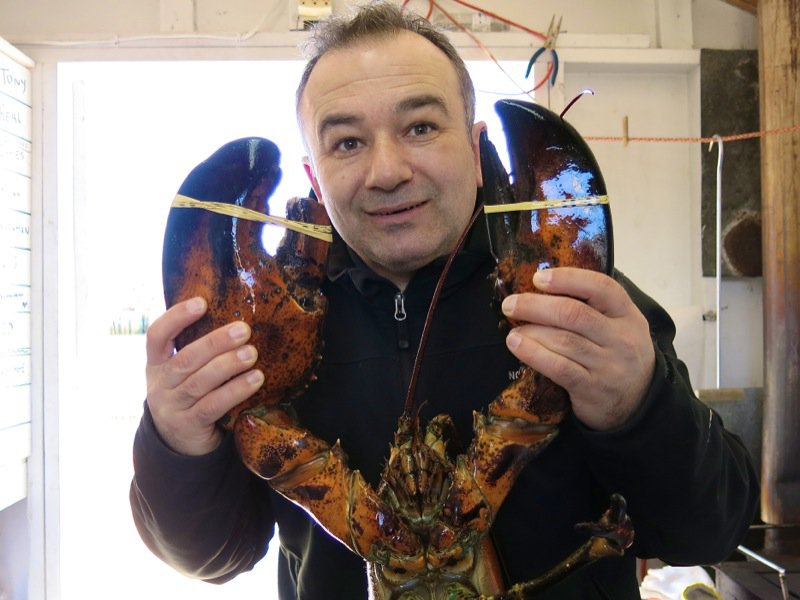
Stepping off of the Alex Elise after a late afternoon bought of lobster fishing, we found ourselves on a Lobster Fishing Car. Originally, the term “lobster car” was used to describe the crates the lobsters were put into immediately upon delivery from the fishermen according to Wikipedia, but I don’t think that is true, at least, not around here. Those crates are strung in long lines and piled on top of one another into the depths of the Atlantic Ocean. The term is used in Pubnico to describe those long lines of crates, to include the Fishing Stage, its pier and the miles of crates of lobster piled on top of one another under the water.
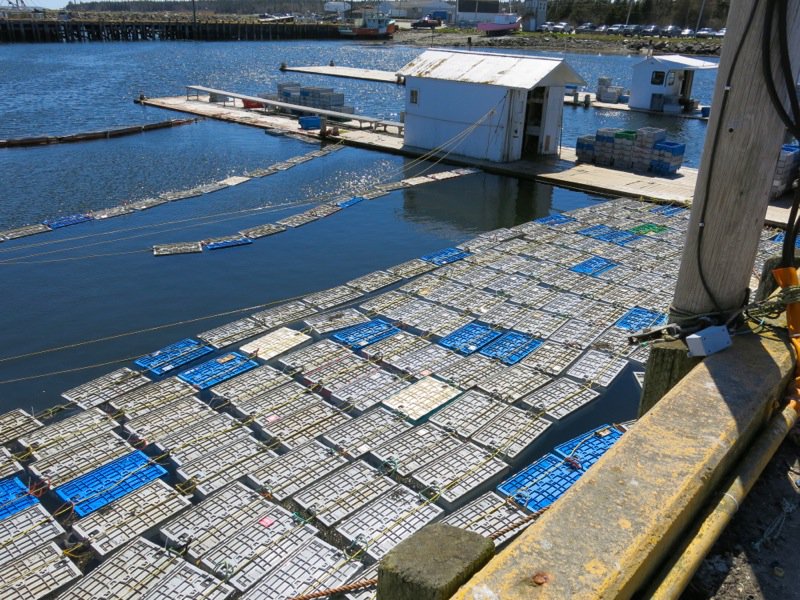
Wondering what these were a couple of hours ago, to learn each one has 100 pounds of lobster in it, is astounding. You do the math!
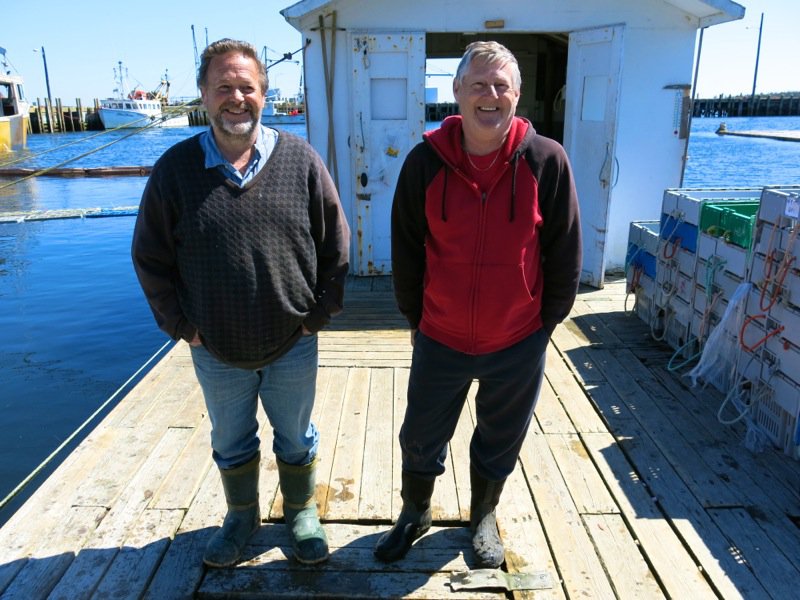
Stephen Amirault and Merle d’Entremont from W.S Fisheries were excellent hosts with clever humour.
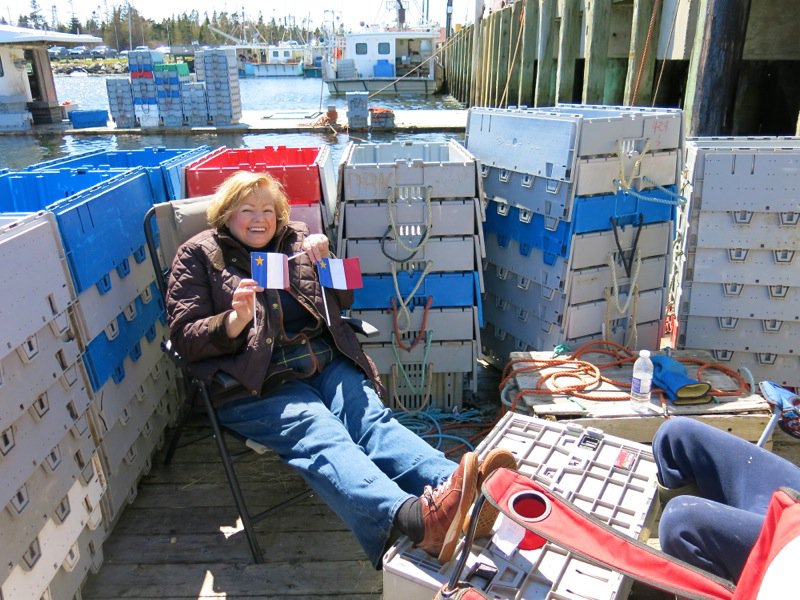
I was immediately seated in their “office”. What a great little place to “chew the fat” while waiting for the lobster fishing boats to come in.
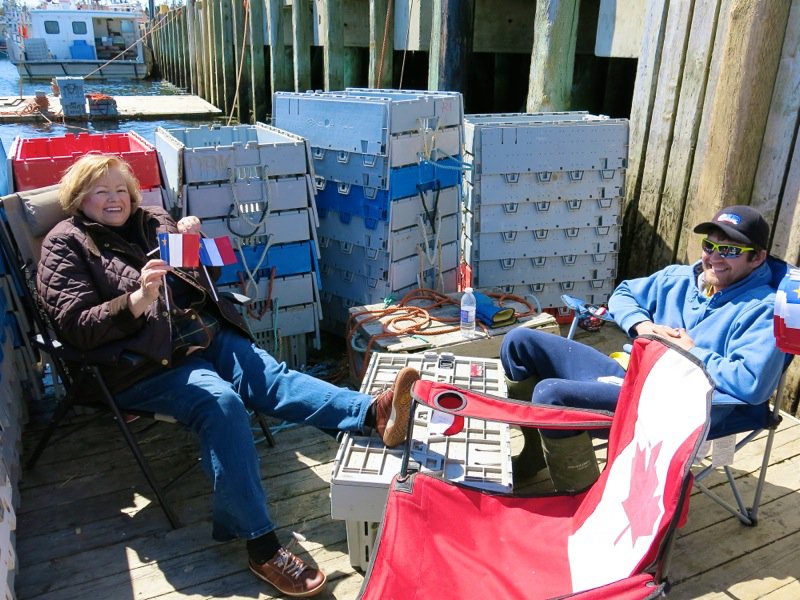
The next generation of the family business was having a good laugh with me in “the office”. W.S Fisheries buys lobster from the fishermen and sells it to the highest bidder or the canneries in New Brunswick 6 hours away. At this point, the markets they have available to sell to are also open in Japan and Indonesia. There are companies that process fish on Dennis Point Wharf, but not lobster. (Acadian Fish, Captain’s Choice, Nova`s Finest , Pubnico Ledge) An onsite lobster processing plant would be a good business for someone in the area, if there wasn’t so much live lobster being exported.
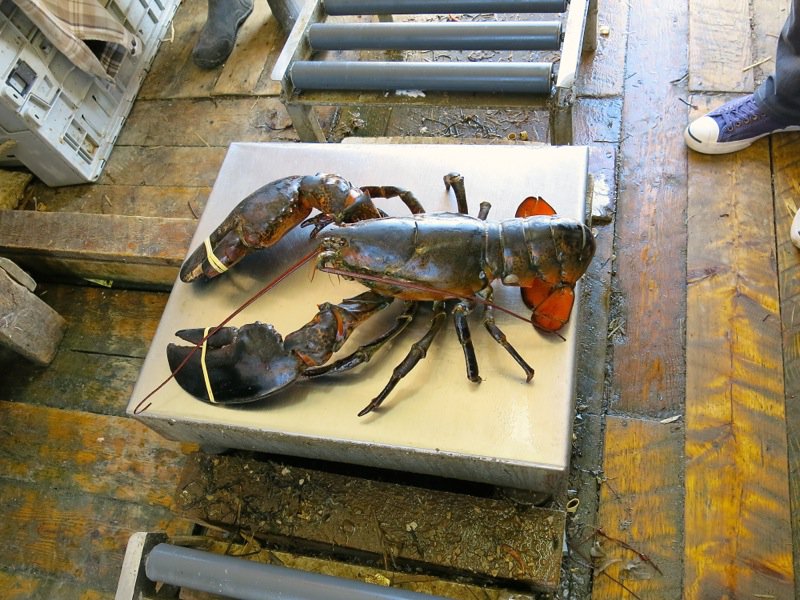
Stephen and Merle had this big fella waiting to show off to us land lubbers and we were thrilled. Apparently, all lobsters, no matter how large, can be eaten. If they are less than a pound, or according to the predetermined acceptable size as measured using the lobster gauge from each specific area, less than acceptable, they are thrown back into the ocean. One-pounders are commonly called canners. After that, there are the 1 1/4 pounders that sell well in export. The locals like to eat the 1 1/2 pounders. They are a great size and you can get a nice amount of meat from one that size for a meal. Want a feast? Then the 2 pounder is for you. Anything bigger needs to be shared with a friend. After the 3 pounder, they may start to get a little chewy. Certainly the 12 pounder is in the chewy, soup and chowder category.
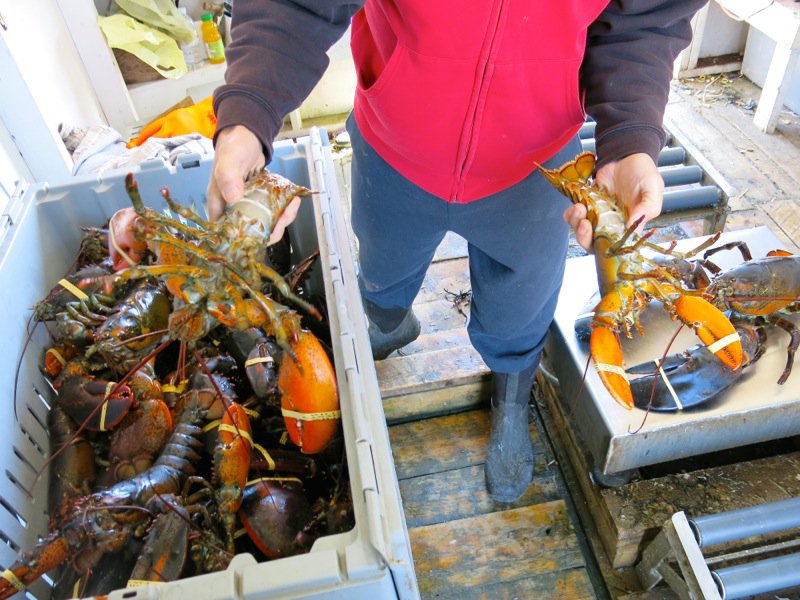
Merle was going to show us how to sex the lobsters. “Oh, we know that already!” proudly shrugging off such basic information that had us both enamored such a short while ago. (Information in my Wallace Wharf post)
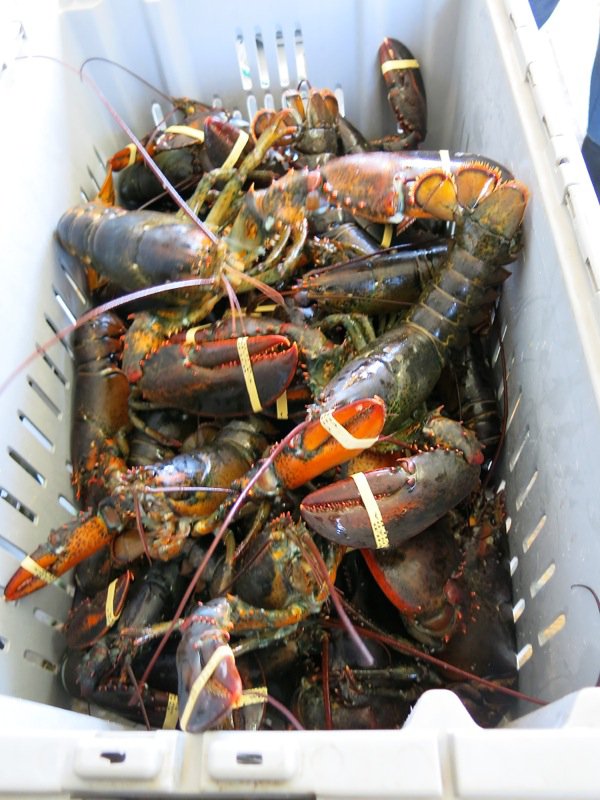
Above is a lobster crate with 100 pounds of lobster in it, or close to such. Below, is the hatch that opens into the sea for the lobster crate to be stored underneath in a contained space. The crates that are strung out beside the pier are manually strung.
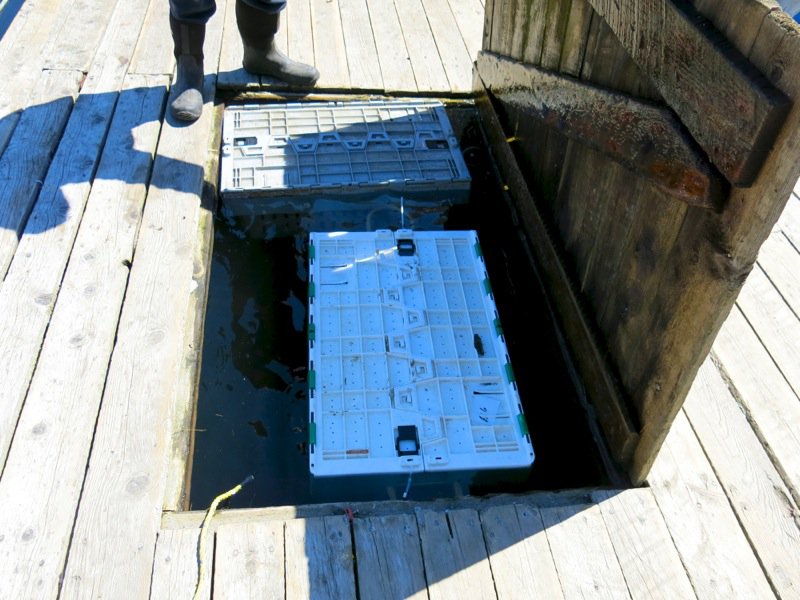
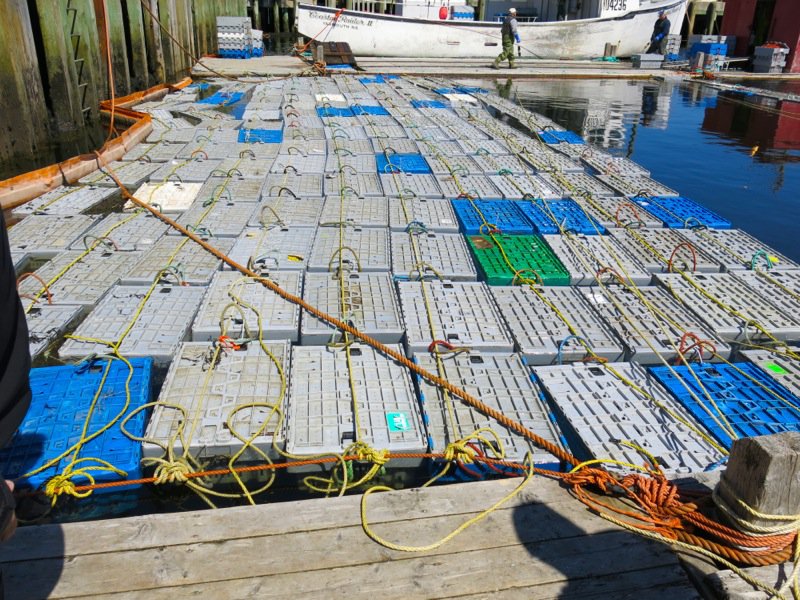
Above, you can see how they are strung together. Once they go into the hatch, they get lined up under the carates we can see. You can see a fellow the next Lobster Car over doing the same thing.
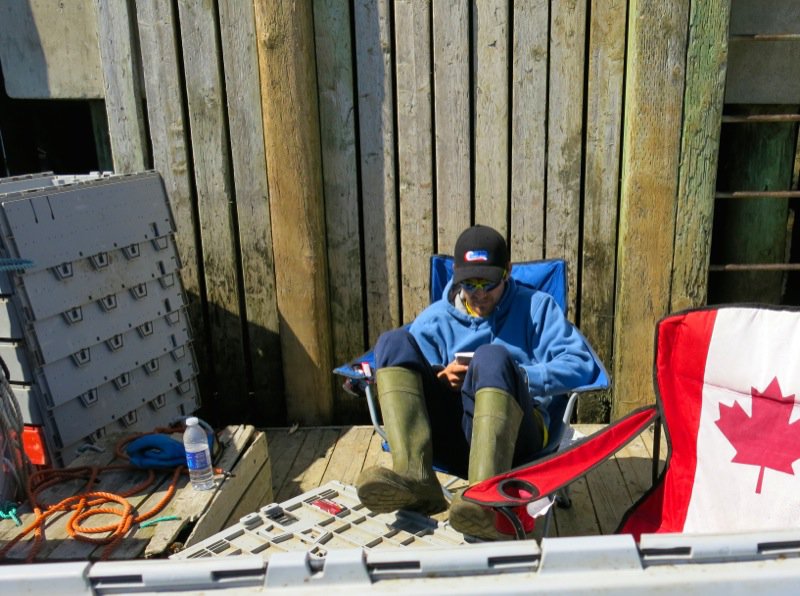
We were having a great conversation and I glanced over to see the younger generation happily texting on his iphone. Technology has changed everything.
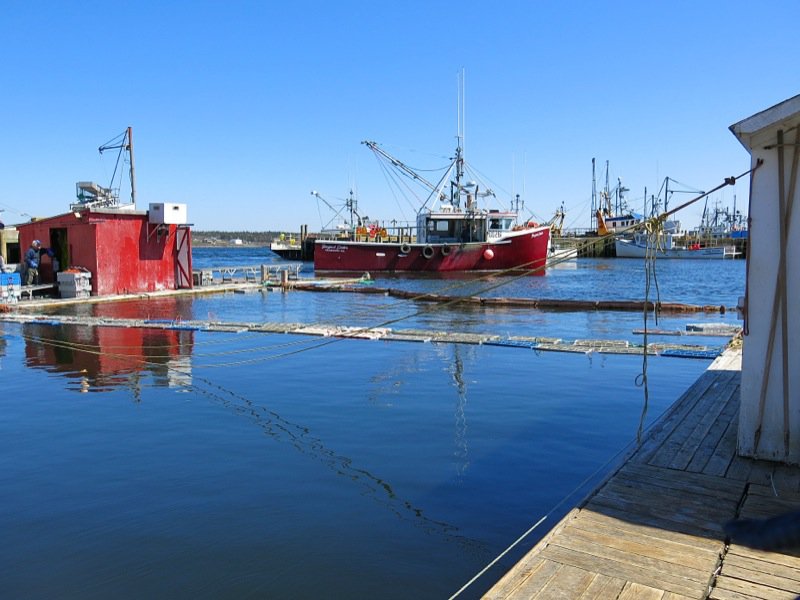
Who are your customers as there are so many Lobster Cars on the wharf to sell to? Do you all have varying prices? How do the fisherman decide who to sell to? And the answer to all is pretty basic. Everything is based upon relationships. Owners of all cars pay the same amount of money to the lobster fishermen. The same fishermen usually sell to the same lobster car year after year. Sometimes one might switch it up, but it doesn’t happen often. When the price changes, all the Lobster car owners change their payment. Some years are better than others. This is a good year. Maybe even a great year as it has been so cold. They don’t move much in the cold so couldn’t be caught Now that is has warmed up, the traps are hauled up full.. Lobster fishermen have thermometers in the water and will place their traps in the warmest spot. Lobster fisherman hands can get paid between 12 and 17% of the gross lobster take. In an exceptional year like this, a hand paid 17% could make 50 000.
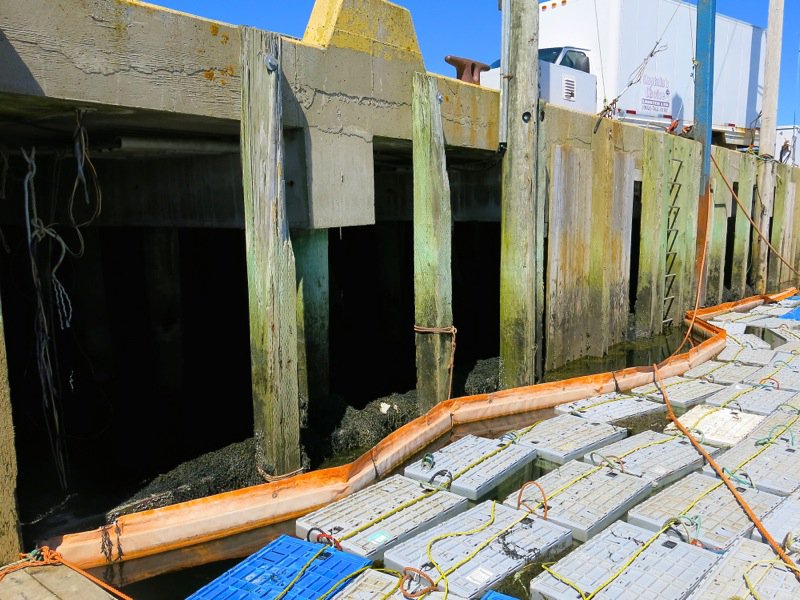
Looking back up at The Dennis Point Wharf, the guys pointed out the tide line on the wood. “You have to climb back up a lotta steps today. Sometimes you hardly have to climb any!”
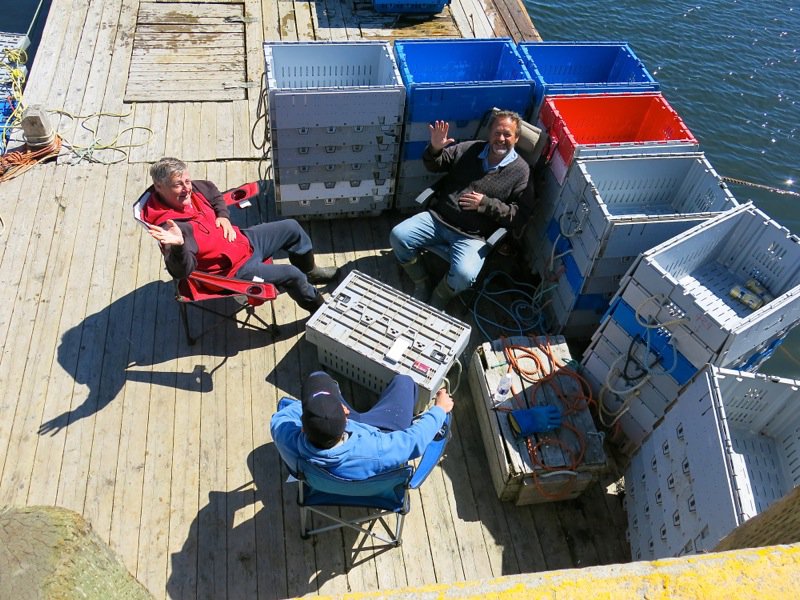
And up those steps we climbed while they cozied back up in their office to do what they do while waiting for more lobster to come in. Today, they were expecting one more delivery.
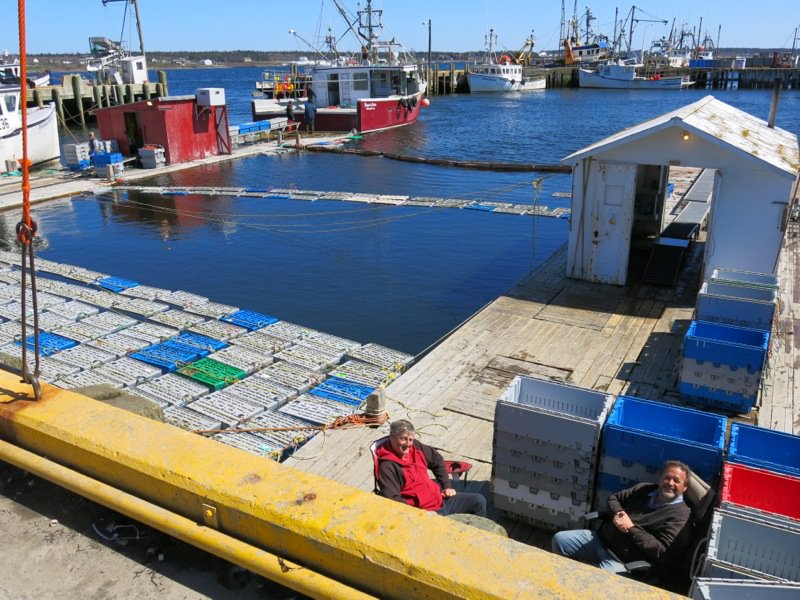
What a beautiful place this is, and what huge vessels work out of this wharf. Incredible to actually meet the people doing this kind of work and understanding how important and vast lobster fishing in Canada actually is.
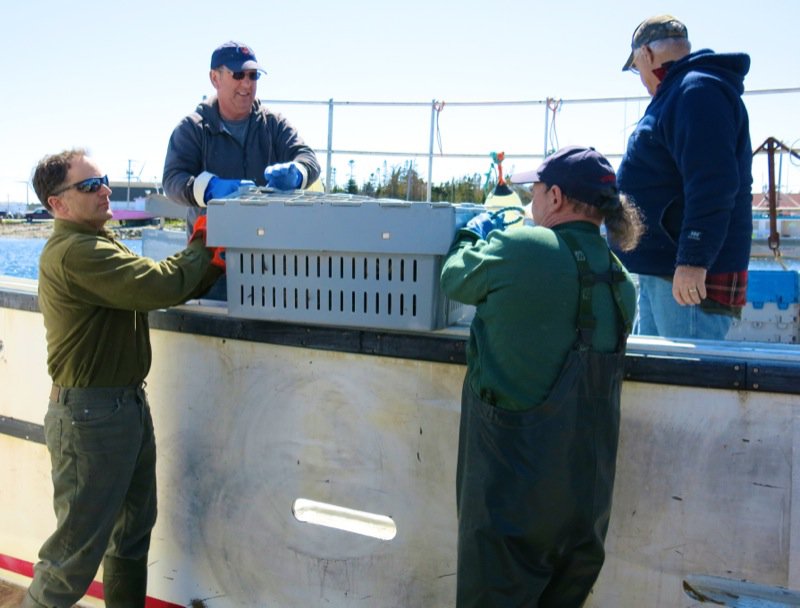
There wasn’t time for introductions once down the ladder and onto the Pubnico Lobster Co-op Car. They were unloading a lobster fishing boat and very focused. Fascinating to watch. I was wondering, what is the rush? But, getting those lobsters moved from a cool place inside of the fishing boat back into the ocean water inside of the underworld of the lobster car is a priority.
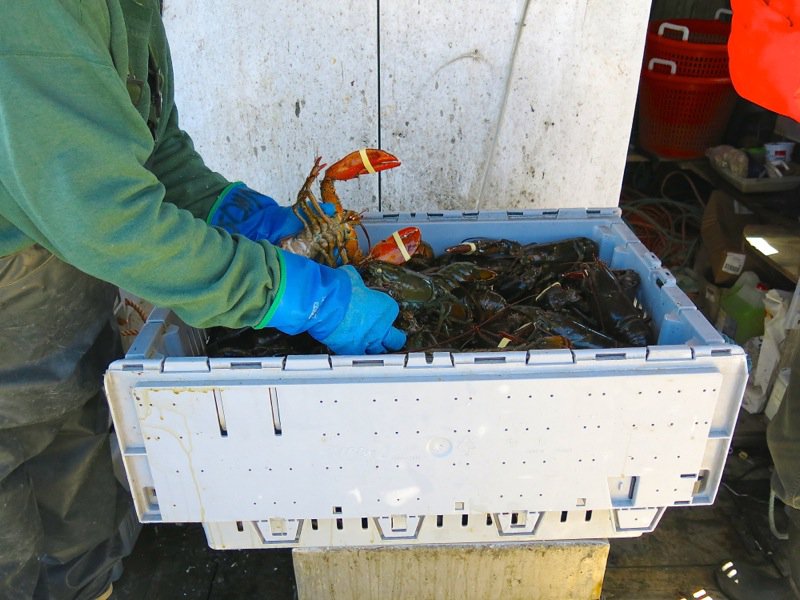
The lobster was placed in a crate and weighed as close to 100 pounds as possible, then down into the hold under the hatch and into the ocean, it went.
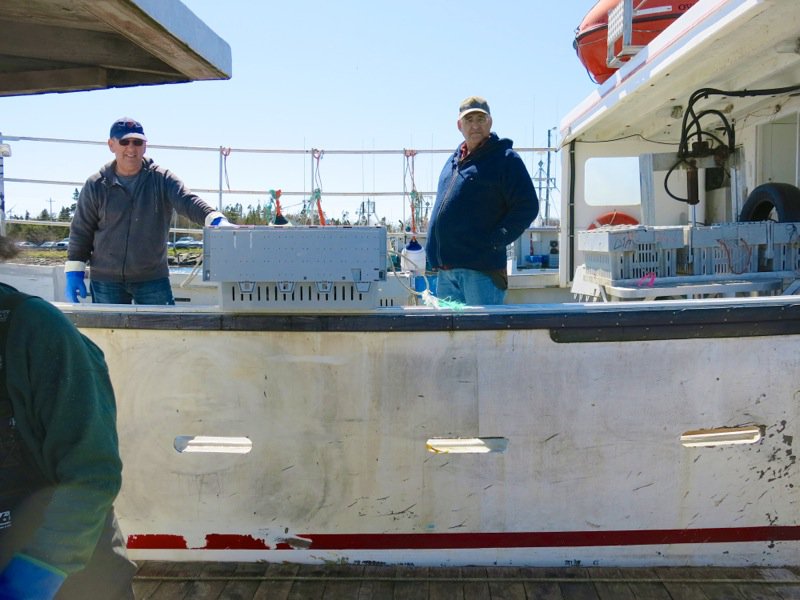
Bye Bye! That was fast. Yet, when I think of it, if a good day is 500 to 600 pounds, that is 5 to 6 crates. It would not take long to fill, weigh and move 5-6 crates.
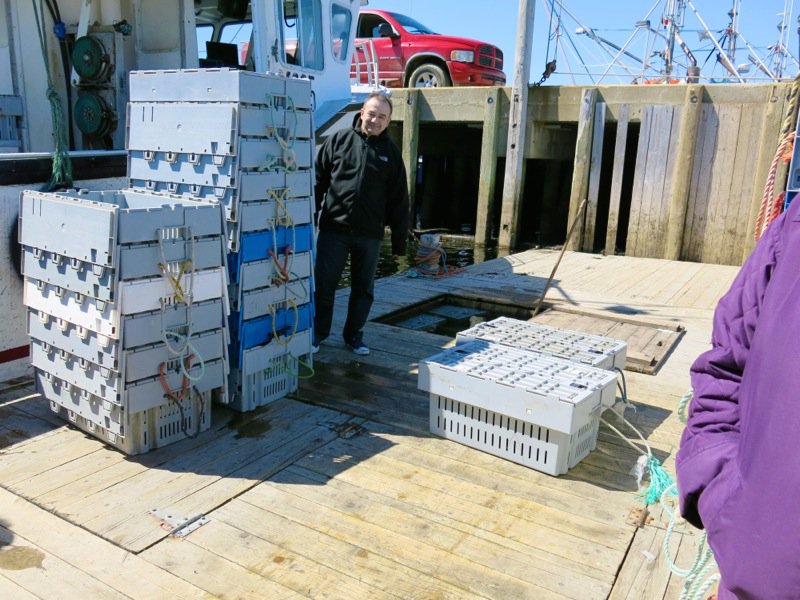
I was too green to count the crates. I didn’t really know what was going on at this moment. There was too much happening. “Just stay out of their way.” was on my brain.
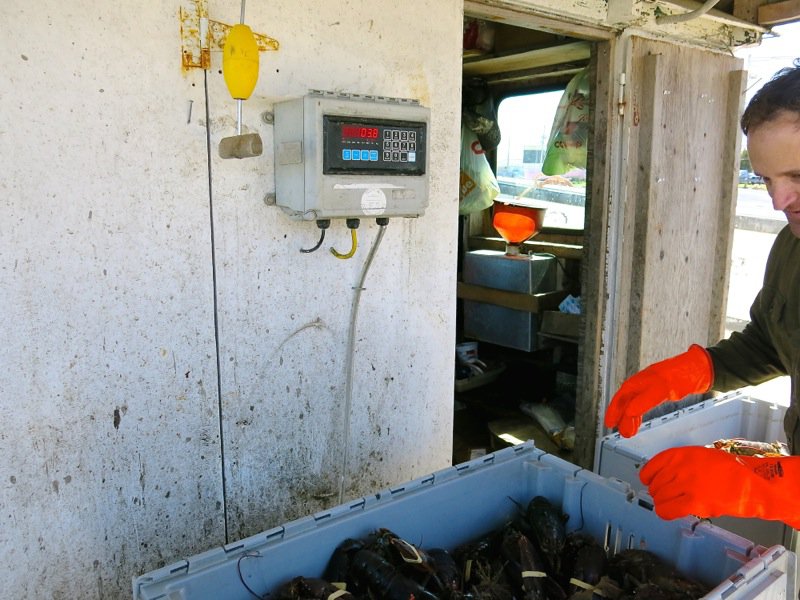
Above, Floyd d’Entremont, the manager of the Pubnico Lobster Co-op Car is weighing the last crate.
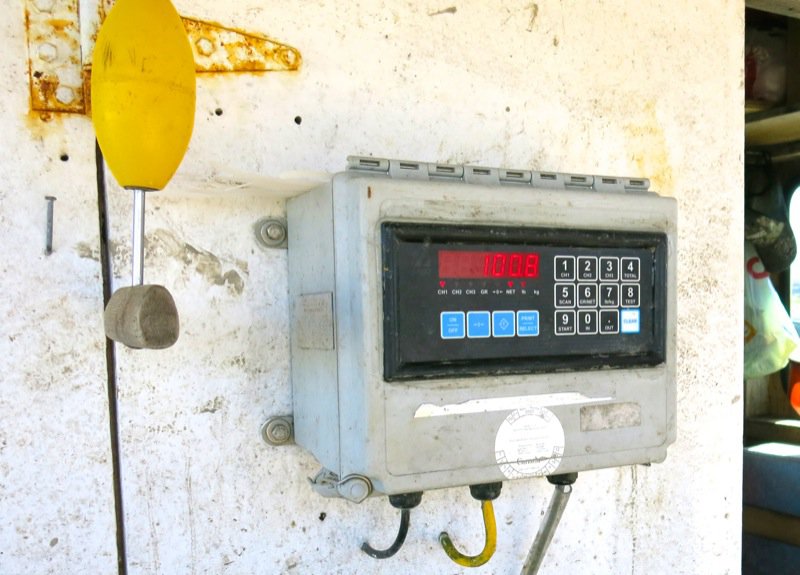
Some were a little over, and some a little under. Inside of the cabin, there was a paper that recorded the weight for each crate, they were totaled and given to the fishermen before they left.
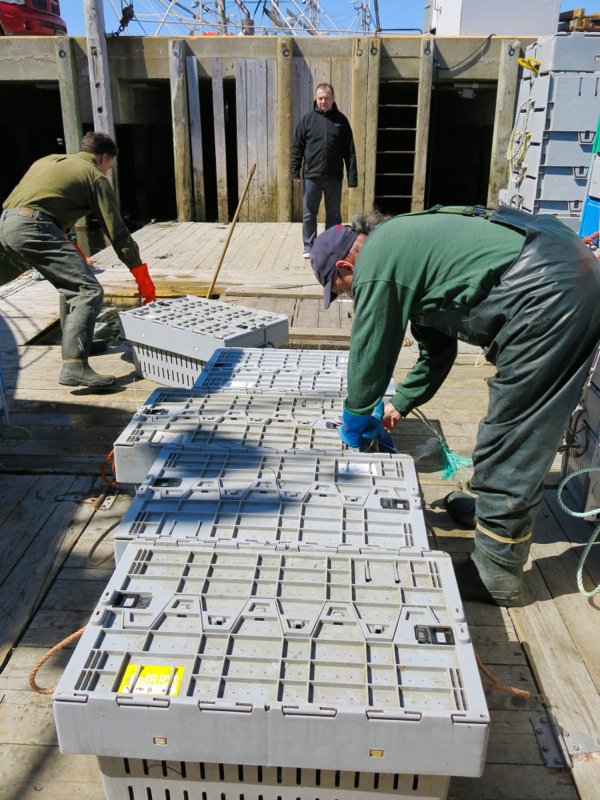
This may have been a darn good haul. Lobster fishing season in Pubnico begins the last Monday in the month in November until the end of May, but Bernice would like to assure you that there are lots of lobsters in their holding tanks or what is called a Lobster Pound. Her contact information will be at the bottom of this post if you are in the area and want to know where to find a great lobster dinner. (Ours was at her place, right after this; Sherman and Troy so kindly gifted us with a couple to share for a before dinner appetizer.)
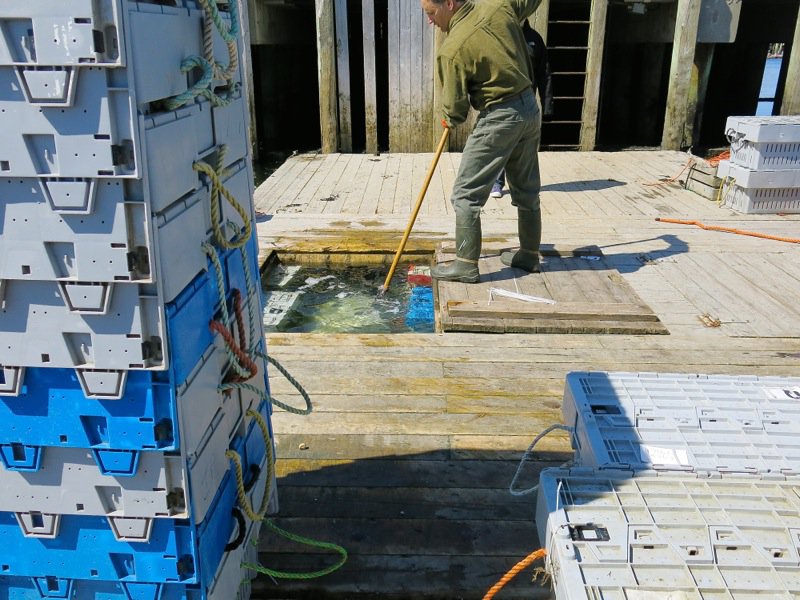
It was fascinating watching Floyd move the lobster crate into the water and under the hatch onto the string of Lobster crates. Below, you can see they are stacked upon one another.
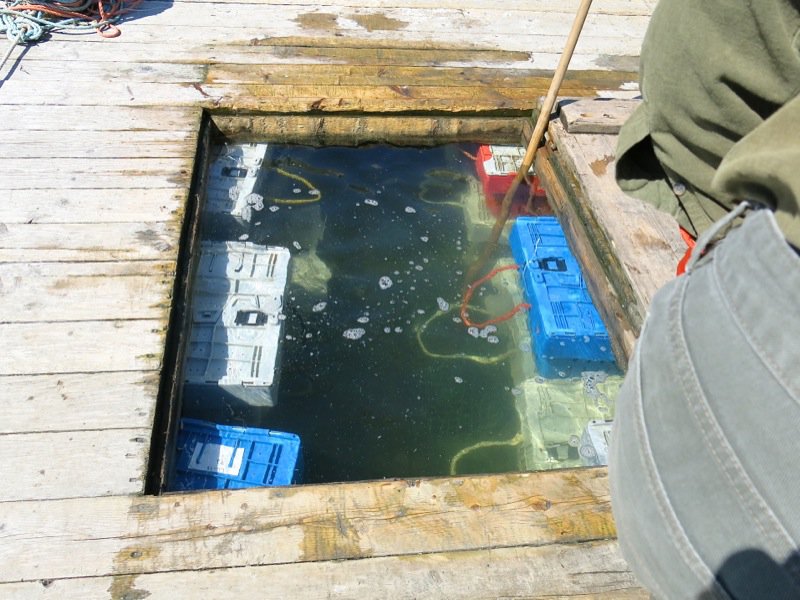
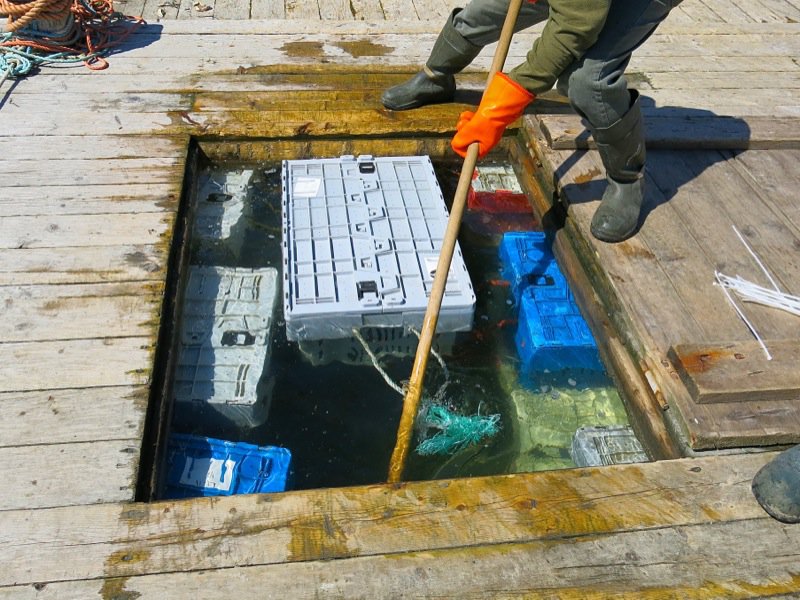
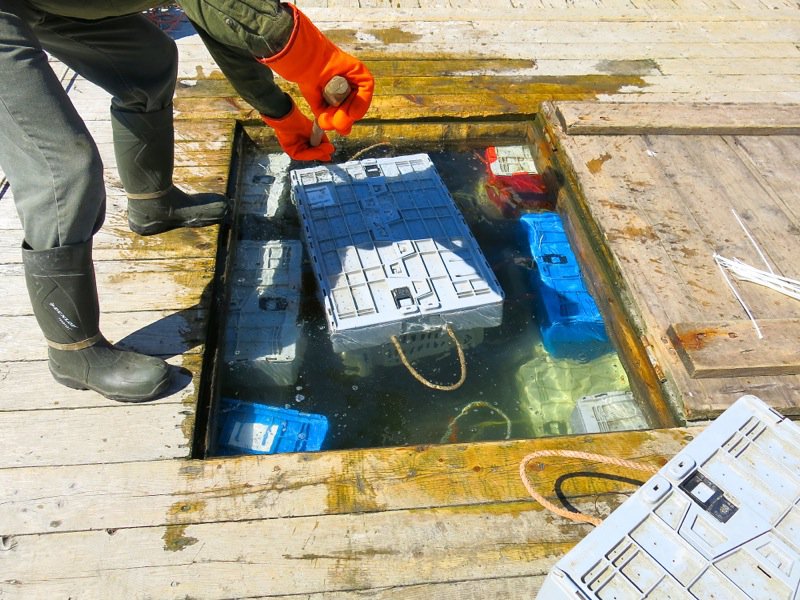
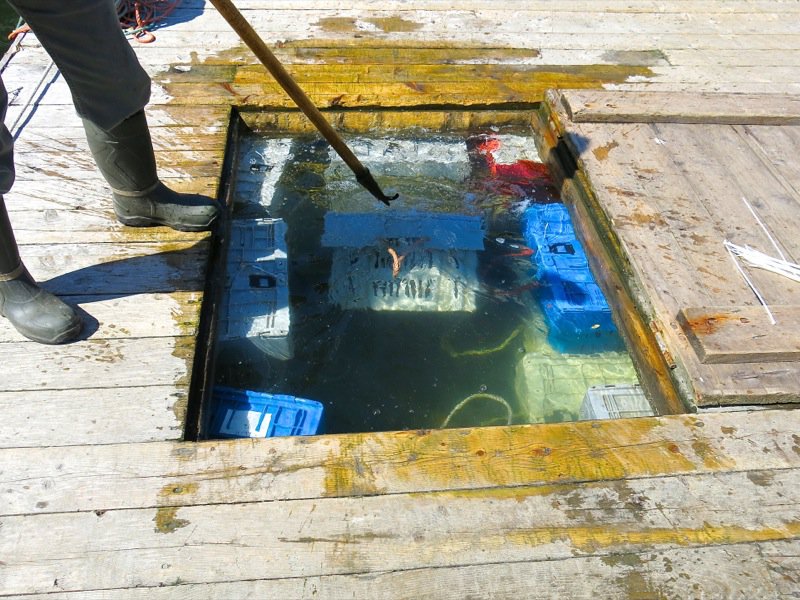
Though there is a night watchman, or guard, and the wharf is well lit at night, when there are thousands of crates at the wharf, there will be the occasional theft. Fortunately, that is rare as most people know one another, know who they are and what they drive. As you have already discovered, they almost all have the same last name. There are about 5 last names that are very common, but d’Entremont is by far the most common. Réal tells a little funny, “Anyone looking for the “real” d’Entremont will find only me.” Out of 1,074 listings in the telephone directory in November 2010, Sandra Phinney counted 358 d’Entremonts and 143 are d’Eons. Bernice’s maiden name was d’Eon. Sandra writes: After her marriage to Réal d’Entremont, she was identified as “Bernice-à-Réal.” Their daughter, Nicoline, was referred to as Nicoline-à-Bernice-à-Réal, until she met Justin Armstrong; now she’s identified as Nicoline-à-Justin.” Obviously, as so many share the same last name, there has to be a way of differentiating who is who.
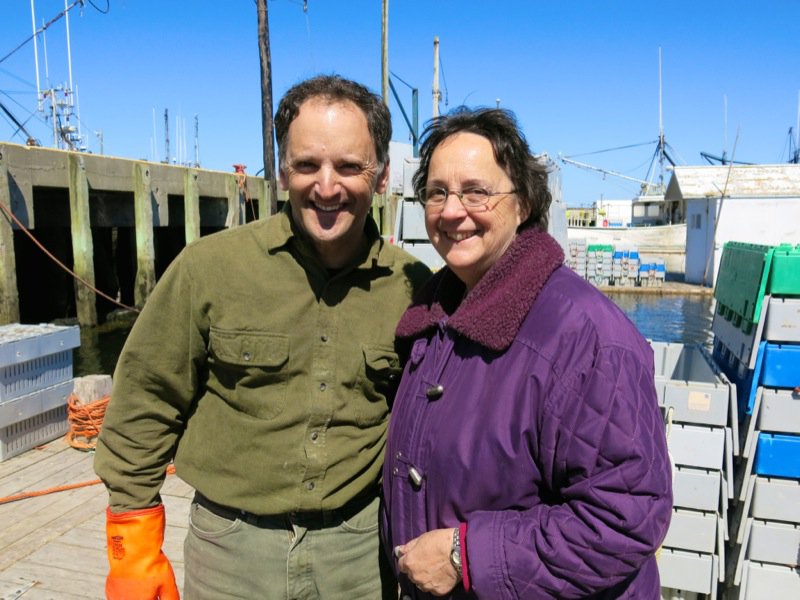
I stopped asking how everyone was related. They are very distant cousins several times removed from one another, so it almost doesn’t count, yet their lineage is shared several generations back. Above, Floyd d’Entremont and Bernice d”Entremont. Floyd told us that currently there are over 200 boats at the Dennis Point Wharf and that he personally buys from 15 of them and buys about 15 000 pounds a season. At $5.50 a pound, that is about 82 thousand dollars and he must at least double it.
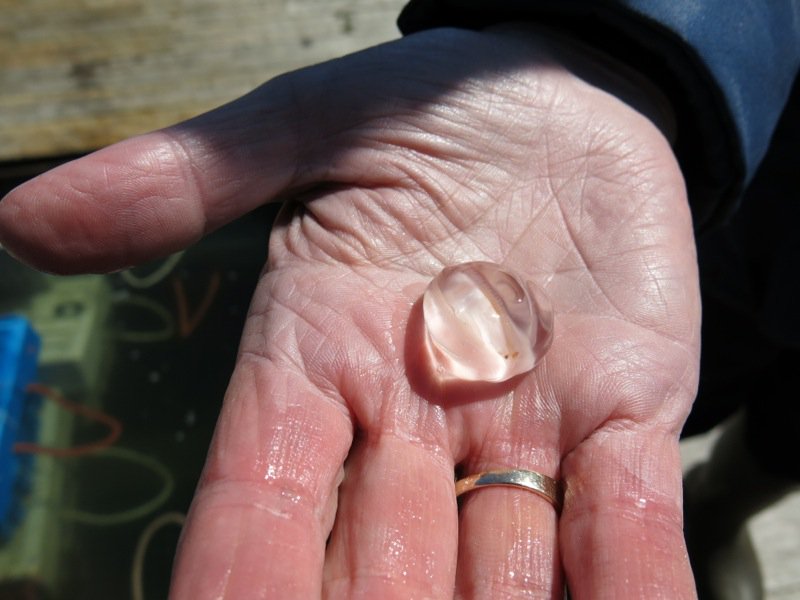
There was a little jelly fish floating in the top of the hatch.
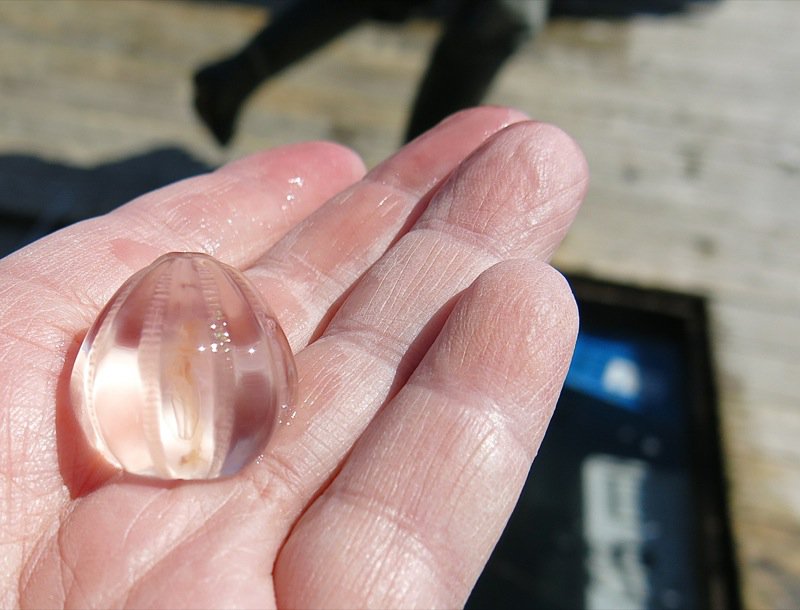
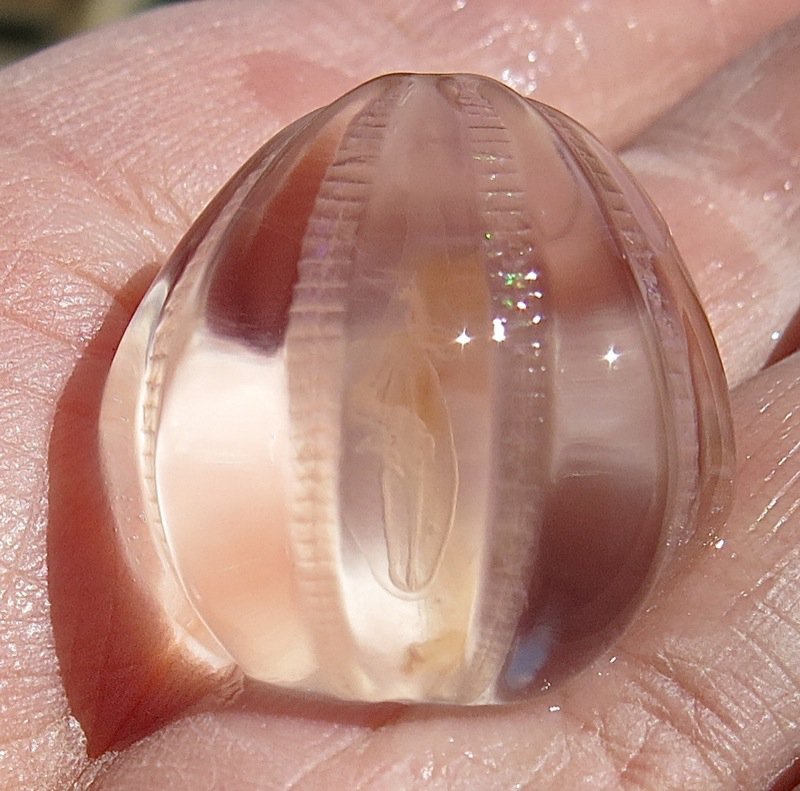
Not sure exactly what it is, but it was beautiful and we were all fascinated by it. (Bernice identifies it in the comments, below.)
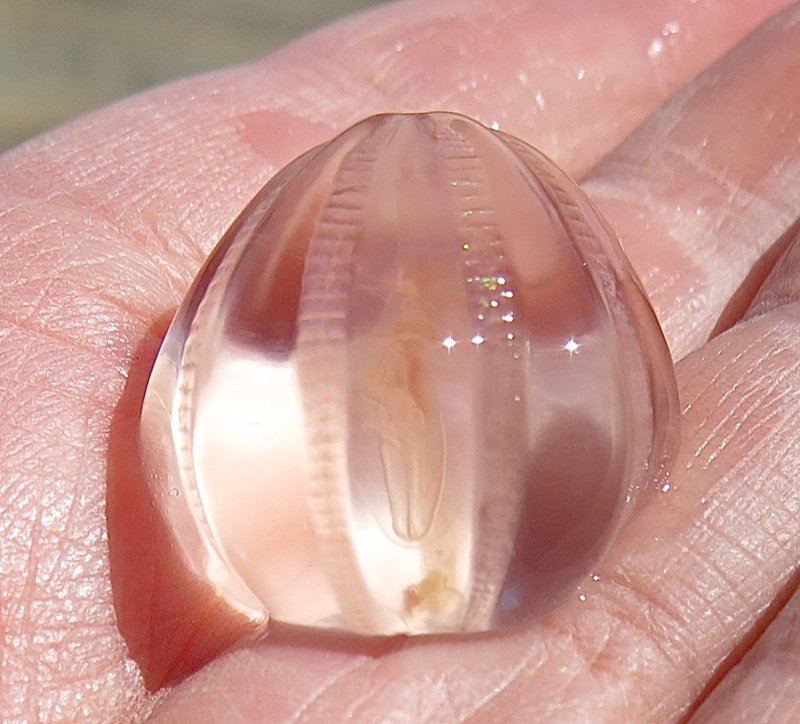
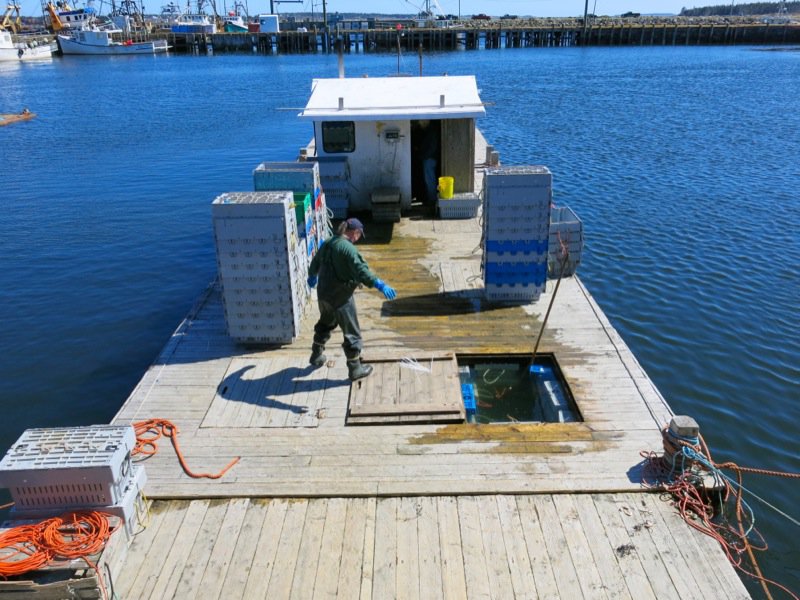
Back up the stairs to the wharf. John Thompson is finishing up, below. The pounds of lobster in the lobster cars can be enormous during certain times of the year (when the season opens, and for the month of December the catches can be very high). When we were there, the catches were not that high, though there were thousands and thousands of lobster crates in the water. As more than one company buys lobster from the lobster fishermen, and there is lots of competition, fishermen don’t always say how much lobster they hauled in that day, or on what grounds they were fishing so there have never been stats kept about how many pounds are at the wharf at once. I would say an unfathomable amount from what I saw, and Bernice would agree. That`s why they have a night watchman.
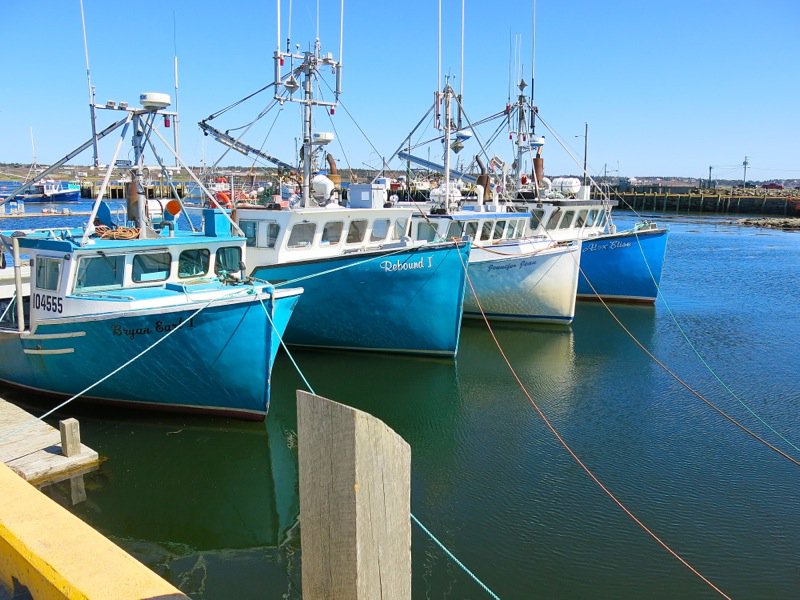
Walking back down the wharf we see the Alice Elise docked, far right. We had just gone lobster fishing on her earlier. The other side of the wharf are the lobster fishermen who do not sell to the lobster cars. They all have big boats, and are all fishing to their quota limit. All fisherman have their own company, but the ones who sell to the cars do not want to be out on the water for 24 hours to come to the wharf and still have to arrange trucks to buy their lobster. The lobster fisherman who don’t sell to the cars look for their own market, usually wanting a higher price and take the risk of owning their own lobster car, coupled with long hours of fishing, They all fish way too many lobsters to sell to a small farmer’s market. That would not be possible. These fishermen have no middle man cost, but less of a haul, as they have so much more to do, owning their own cars, and doing everything for themselves that the cars do for the lobster fishermen on the other side.
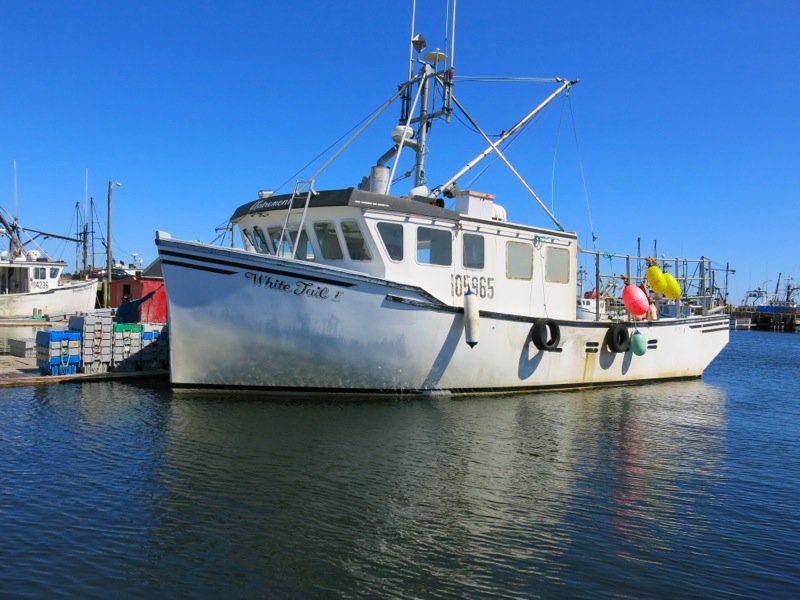
Above is the lobster fishing boat called the White Tail with d’Etremont written on the front I guess this one would belong to everyone in the community?
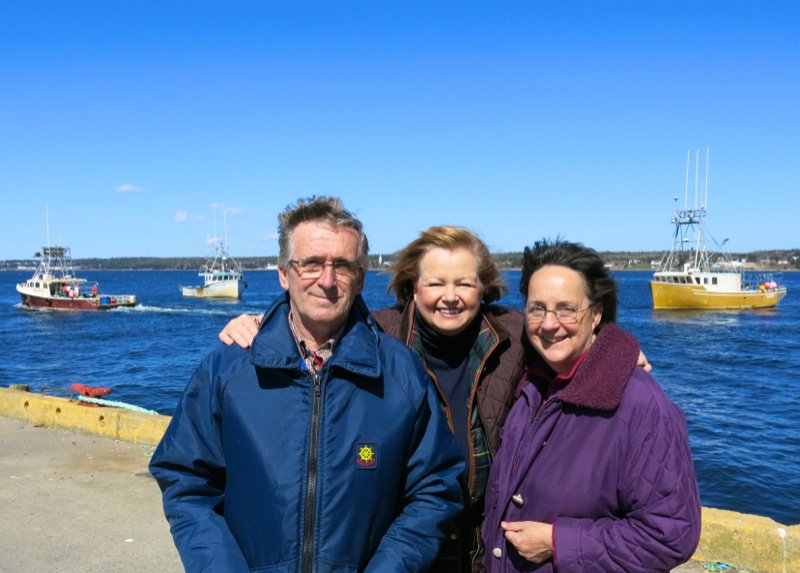
What a gift of knowledge and experience. An incredible day. Now, I am hungry! Let’s go to Bernice and Réal’s for some fresh lobster!
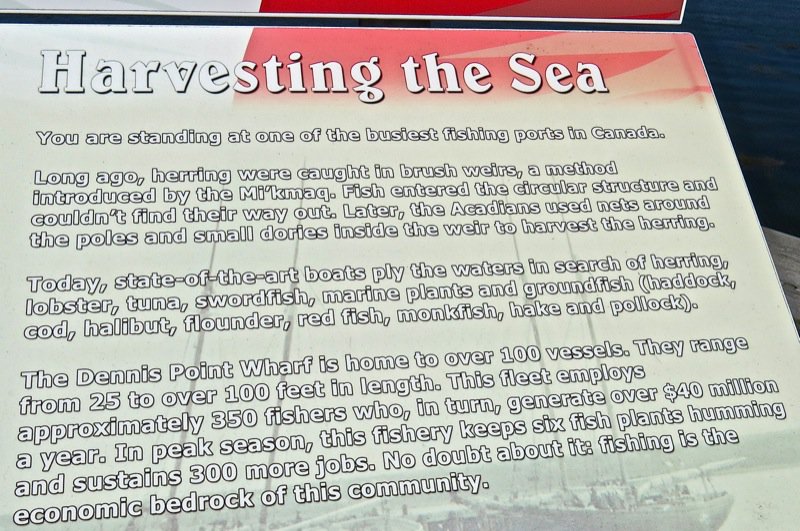
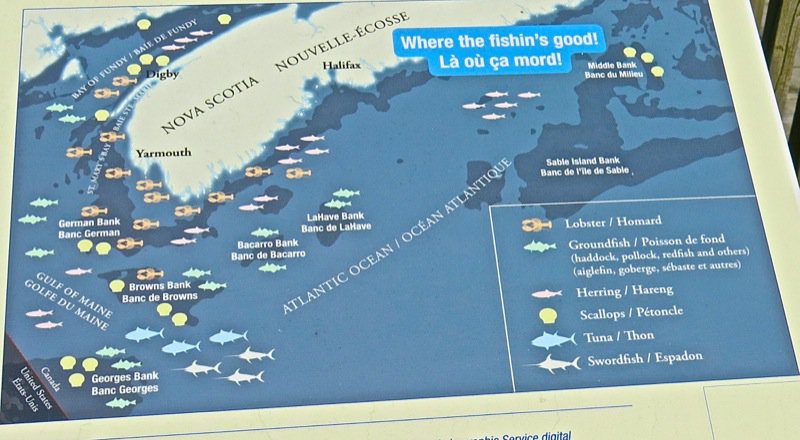
The above signs are posted at the end of the wharf.
PLEASE NOTE: These are the facts as I understood them and experienced them in my short visit to this wonderful spot. Certainly, I could not have had better guides or stewards of the Acadian life there, than Bernice and Réal. Should anyone have anything to add, or a contrary opinion, please express it in the comment section below, so that this piece of writing will remain current and accurate.
To contact Bernice: bernice.dentremont@ns.sympatico.ca
Addendum June 2014

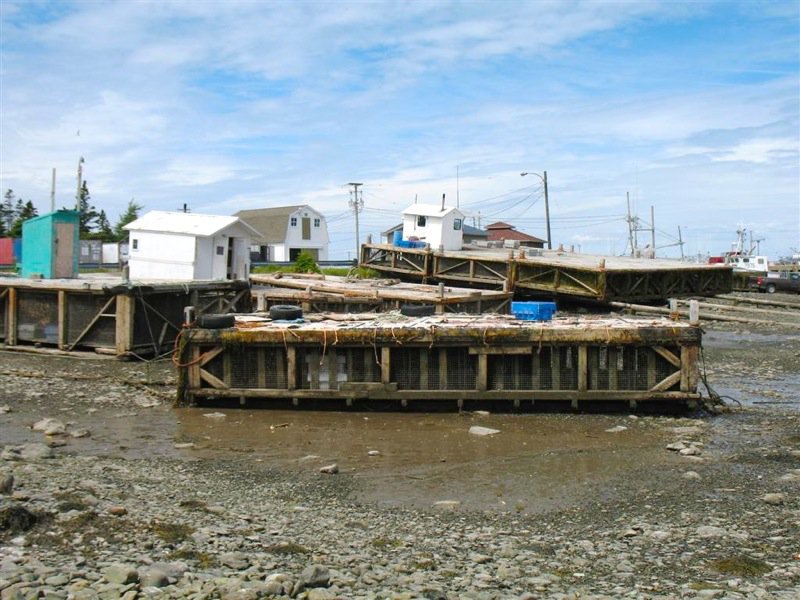
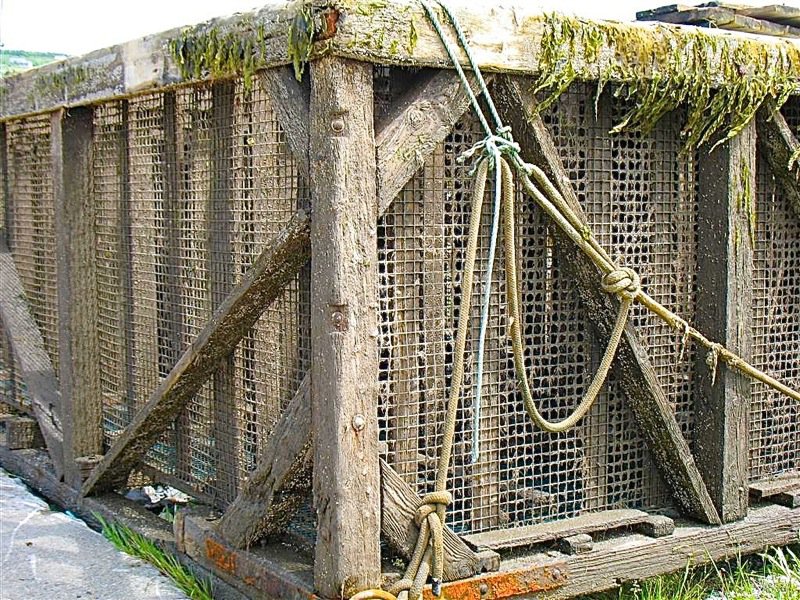
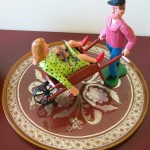

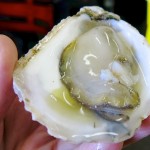






It was my first time seeing a sea gooseberry jellyfish. You could see the lines of the sea gooseberry jellyfish as there is lines in the fruit Gooseberry.
Valerie , Thanks for the opportunity of see our community through your eyes.
Yes! That makes perfect sense! Thank you so much for identifying this little fishie. What gorgeous creations… and to see the crystal clear fluid inside of the outer skin is mind blowing. That ocean salt water must be vast to have this little creature appear so pure and clean.
🙂
V
A fascinating story!
I would like to know how long the lobsters are kept in the crates before they are sold on?
If I think of my little fridge and how one has to rotate what is in there to make sure nothing gets forgotten I admire the pure logistics of this place!
Thank you for sharing this and I too love the little jelly fish! Isn’t it amazing how one can find similar patterns on sea urchins?
Looking forward to more posts!
Safe and happy travels! Mira
Mira!
Excellent questions! I found the answers from Bernice fascinating and am adding some back into the main post:
From Bernice:
It`s according to the price how long they stay in the cars. When the price is between 4-6 a pound most fishermen sell that same day. A few years back the fishermen could not sell their lobster for a decent price, so they were kept in crates in the holding area in the lobster cars until there was a stable price. Some fishermen held them 5-6 weeks for a better price.
There are risks when they do this: The quality of the water in the dock is not good; Some lobsters are weak and do not make it. In these cases, the fisherman looses.
This price war happens in November and December when the lobster season of our zone begins. Then, as another zone opens, (Maine, or other parts of Nova Scotia) the price fluctuates. At this time, there`s a lot of lobsters in the market and the buyer can choose where to buy and a higher price is harder to get: law of supply and demand affects their prices. As more new markets open the price remains more stable.
In our area, we have a few Lobster tanks, or Lobster Pounds. The banded lobsters are put in individual tubes where water filters through them. Companies that do this for a living and hold the lobsters fresh in the pound. Examples: Captains Choice and Clearwater (a much bigger company)
You visited at the end of the season when the catches were very good and the price was also good. The lobsters that the buyers bought then were shipped right away. We saw the trucks on the wharf. There is no reason to keep them for any time when the price is good. The buyer has already bought them from the fishermen. In November and December there’s more lobsters being caught, so there`s always a truck on the wharf hauling lobsters. Buyers ship morning and night; you can imagine the amount of trucks hauling lobster.
At the end of the season (for us May), the fishermen have to have a permit to keep the lobsters in the lobster cars. Without this permit, keeping the lobsters is illegal and fishermen can be fined. Owners of Lobster Pounds must also have a permit.
Short story from Réal: While Réal was scalloping a few year back, they had caught a lobster in their scallop drag, so they put the Lobster in the hold where there’s ice to keep the scallops so it would stay cold. The lobster walked on the ice for 12 days in the cool ice hold. He also licked the ice so received water and remained healthy.
“Keep them on the bottom shelf of the fridge to avoid cross-contaminating any of your other food with raw lobster. A hardshell lobster should stay alive for 36-48 hours this way.”
Quite a sturdy crustacean.
Bernice
The boat identified as the *d’Entremont* is actually called White Tail 1, the boat names can be found on either side of the bow of the fishing vessels. Great article, nice to see local industry portrayed in this positive light 🙂
Kimm!
Thanks! Real pointed it out and there was so much going on! I did learn that the names were on the side of the boat, but not sure what the name on the front means. I was trying to crack a little joke. Thank you so much for commenting and following along!
🙂
Valerie
usually the owner of the boat or his company name is on the front. this is a relatively new thing as the boats got bigger and now have more space for things like that 🙂
Thanks, Jeff!
🙂
V
such a fun experience!
It was great to explore the wharf. The lobster boats are so much larger than the Maine fleet, primarily, I guess, since the fishing is further off-shore.
Ah, nice to know you got there – 90$ or Maine lobster come from here – amazing, eh? Yes, there are some very large boats that do go further out, but most just go out for the day.
🙂
V